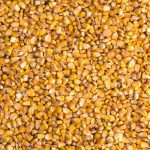Chicago Board of Trade corn futures eased on Friday on technical selling and disappointment in the size of weekly export sales, analysts said.






Soyoil, loonie, StatCan report among supportive factors



Lowers world, Canadian production

